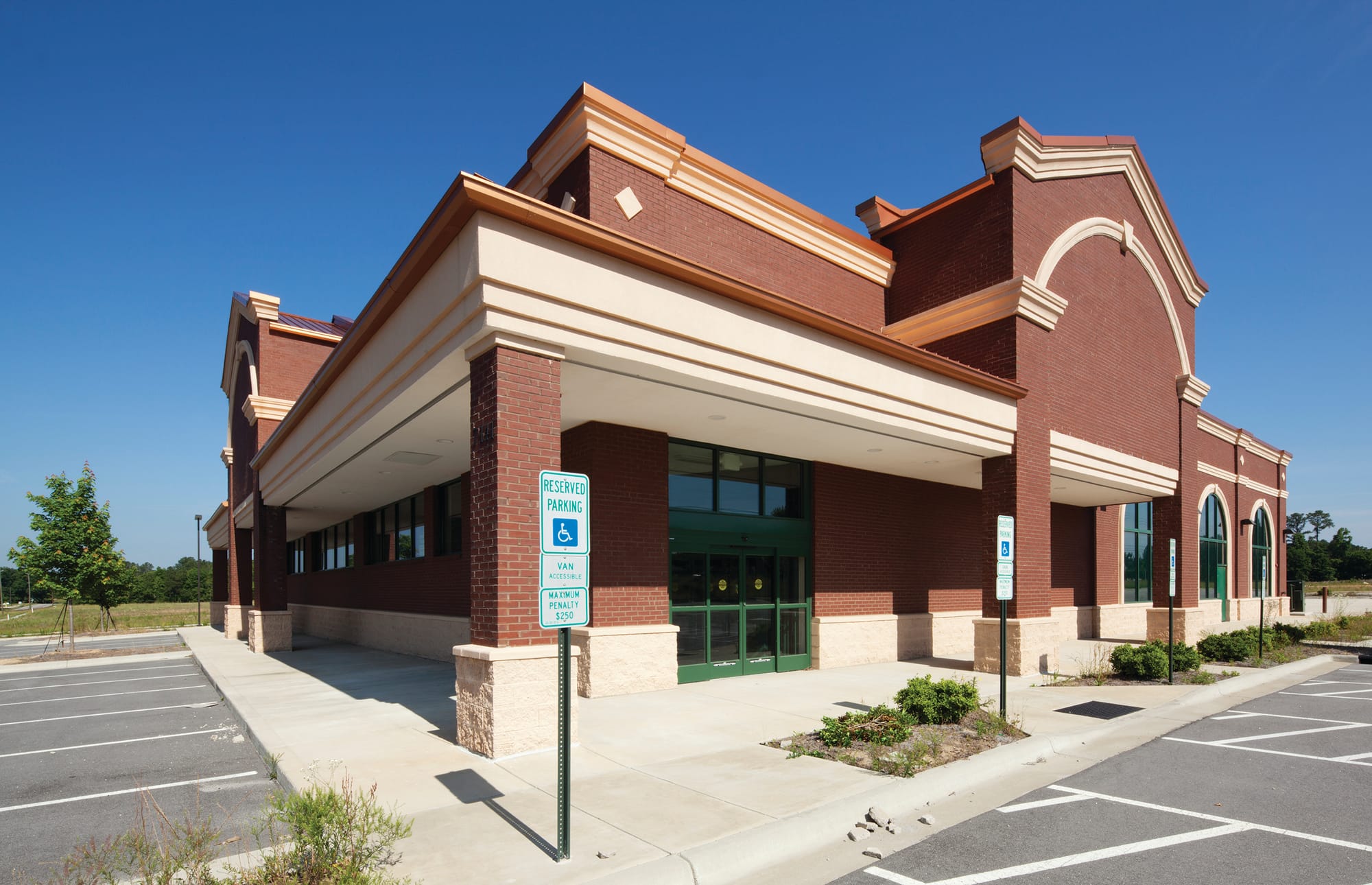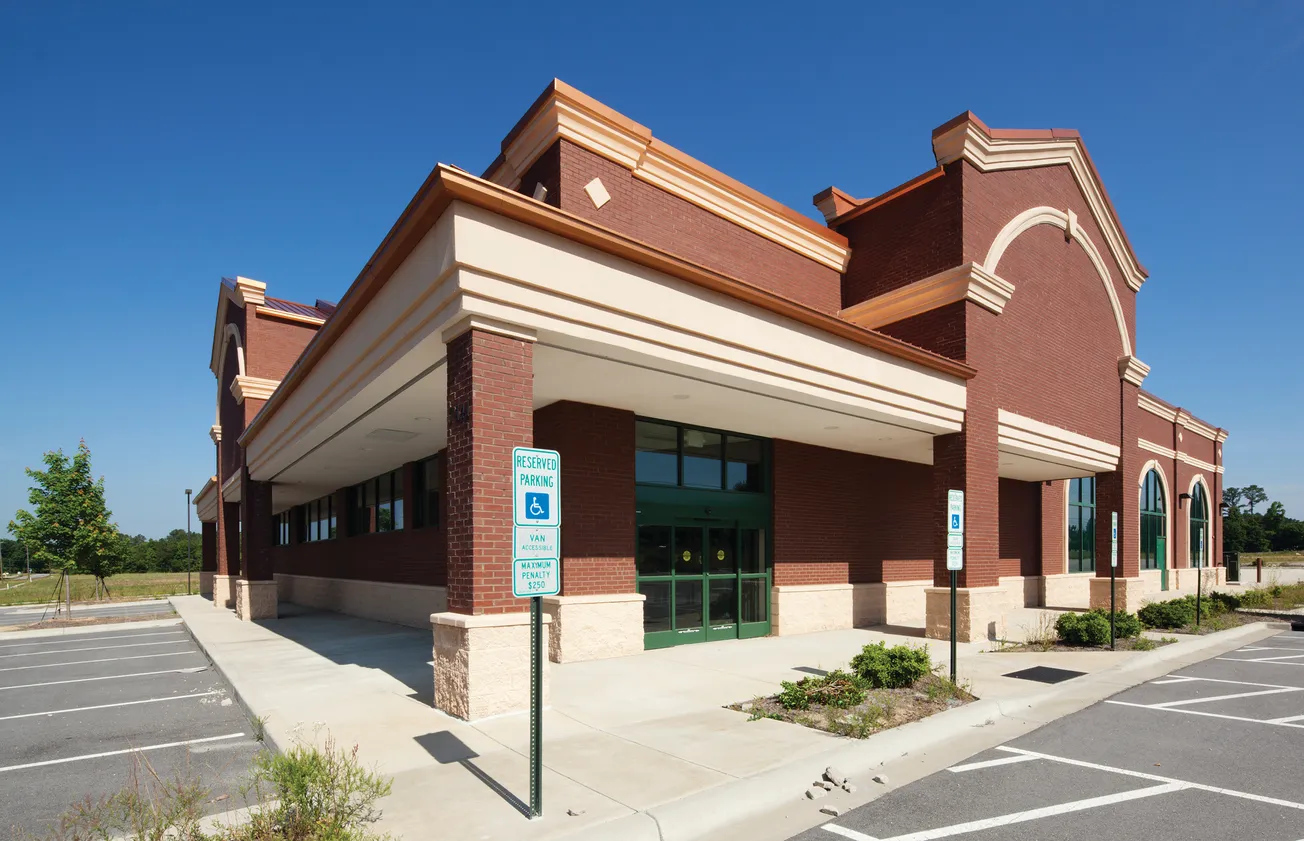DEERFIELD, Ill. — Walgreens Boots Alliance has declared it will close a “significant portion” of its underperforming stores, which it says make up about 25% of the chain’s store base. Chief executive officer Tim Wentworth made the announcement during the company’s third quarter conference call last month.

However, the decision to shutter an as-yet unfinalized number of locations was not a sudden response to disappointing third quarter results that prompted management to cut its full-year earnings guidance. Rather, it was the result of an extensive strategic and operational review undertaken after Wentworth’s appointment as CEO last October.
He prefaced his discussion of the planned closures by emphasizing the ongoing importance of the retail pharmacy business, not only to Walgreens but to the health care industry as a whole. “With widespread demand for convenient health care solutions, the pharmacy and pharmacists have never been more important,” Wentworth told analysts. “Our retail pharmacy business is uniquely positioned to expand the role we play in the lives of our patients, who have come to expect and need retail pharmacy at the center of their care.”
The success of the business, though, requires providing an efficient and relevant customer experience, he added, and the company has launched a multifaceted action plan to improve that experience. However, Wentworth cautioned, the customer has evolved and customer demographics and preferences have changed. Consequently, Walgreens needs to reposition its stores and operate them accordingly.
At present, he pointed out, Walgreens’ adjusted operating income (AOI) is generated entirely by 75% of the U.S. stores. For the remaining 25%, he added, “changes are imminent.”
“To start, we are finalizing a multi-factor store footprint optimization program which we expect will include the closure of a significant portion of these underperforming stores over the next three years,” Wentworth said. “Plans to finalize this number are in motion, and we will update you in due course.”
For the stores not slated for closure, Walgreens will take actions to return them to profitability and enable them to provide an improved customer experience. However, locations that fail to improve may be added to the list of closures. “While it is not an easy decision to close a store, we will work to minimize customer disruptions and, importantly, as we have done in the past, we intend to deploy the vast majority of the workforce in those stores that we close,” Wentworth said.
Since Walgreens’ fleet currently includes about 8,700 locations, approximately 2,175 would fall into the underperforming bracket, so a “significant portion” of that figure is destined to be shuttered. Last June the company announced it would close 150 stores in the United States as well as 300 Boots locations in the United Kingdom following disappointing financial results. Those closings were to be completed during the course of 2024.
Walgreens’ planned closures are the latest in an ongoing wave of pharmacy closings in recent years, particularly by the three largest drug store chains. Walgreens had moved to close 200 stores in 2019, and after closing 244 locations between 2018 and 2020, CVS Health Corp. revealed in 2021 that it would shed another 900 stores, or about 10% of its entire fleet, by the end of this year. By February it had closed 630 and was on track to complete the process on schedule. Included among the closings are some pharmacies it operated in Target discount stores.
In addition, Rite Aid Corp. is downsizing its store base as part of its approved plan to emerge from Chapter 11 bankruptcy production. The beleaguered drug chain is shuttering hundreds of stores.
As Wentworth noted, demographic shifts and changing consumer preferences have undercut the economics of some locations. Competition is also putting more pressure on drug stores. While the pharmacy contributes as much as 70% or more of the top line for drug stores, the front end plays a vital role by offsetting the shrinking profits at the pharmacy. According to data compiled by Circana (formerly Information Resources Inc.), sales of consumer packaged goods through drug stores fell 2.9% in 2023 (following a 1.6% increase in 2022), while unit volume plunged 8.1%. Other channels, including supermarkets, mass merchants, warehouse clubs and dollar stores, achieved dollar sales growth despite lower unit volume.
Analysts note that other factors, such as surging retail crime, staffing shortages and inadequate store investment, have also exacerbated the decline of the drug store operating model.
But the greatest threat to the health of retail pharmacy appears to be the ongoing decline of reimbursements by pharmacy benefits managers, and the failure of Congress to enact meaningful reform of PBM business practices, despite bipartisan support for such legislation.
Independent pharmacies, which rely more heavily on prescriptions for their sales and profits, are under increasing pressure, according to the National Community Pharmacy Association (NCPA), the trade organization that represents independent drug stores. Last year about 360 independents, or roughly one a day, closed down, according to NCPA.
Drug store pharmacies are not the only channel feeling the pinch. Supermarket members of FMI – The Food Industry Association, operate about 12,000 pharmacies across the country, and the great majority are challenged by PBM practices, according to Jennifer Hatcher, chief public policy officer and senior vice president for member and government relations.
“Last year we surveyed our members with pharmacies about the impact of PBMs on their businesses, and 97% said they have a very negative impact on sales and profits,” she said. “In fact, 65% said their pharmacy businesses are not very or not at all profitable because of PBMs. Further, 43% said all or some of their pharmacies are at risk of closing over the next two years, while 37% have already closed some pharmacies in the last two years.”
Hatcher added that under-cost sales of branded drugs make up nearly 80% of FMI members’ prescription mix. Consequently, it is not surprising that although 81% of member pharmacies filled more scripts over the past year, 80% were less profitable.
“This landscape prevents many of our members from opening new locations and forces others to close locations or leave the pharmacy business altogether,” she remarked. “The effect of such closures is particularly acute in underserved communities, where closures are more prevalent and more detrimental to a community’s access to health care.”
According to Deborah Weinswig, founder and chief executive officer of Coresight Research, the present store closure trends are intensifying the spread of “pharmacy deserts” — areas with poor access to prescription drugs. This is critical, Weinswig contended, because nearly 60% of Americans age 18 to 64 take at least one prescription drug, according to the National Center for Health Statistics.
What exactly constitutes a pharmacy desert depends on the minimum distance between the majority of residents and their closest pharmacy. In rural areas, the distance is 10 miles, but in suburbs, two miles. In low-income urban or suburban neighborhoods, where few residents own cars, the threshold is just half a mile.
She noted as well that a 2021 Public Health Post study indicated that no fewer than one out of three neighborhoods in 30 U.S. cities are pharmacy deserts, impacting about 15 million people. Additionally, a GoodRx report in 2021 found that 40% of all counties in the U.S. are pharmacy deserts.
“A comprehensive strategy involving cooperation between legislators, health care providers and community stakeholders is needed to address the issue of pharmacy deserts and make certain everyone has fair access to required pharmacy services,” Weinswig said. “To mitigate the effects of drug store closures, policy makers should provide incentives for pharmacies to open in underserved areas and boost financing for community health centers.”









